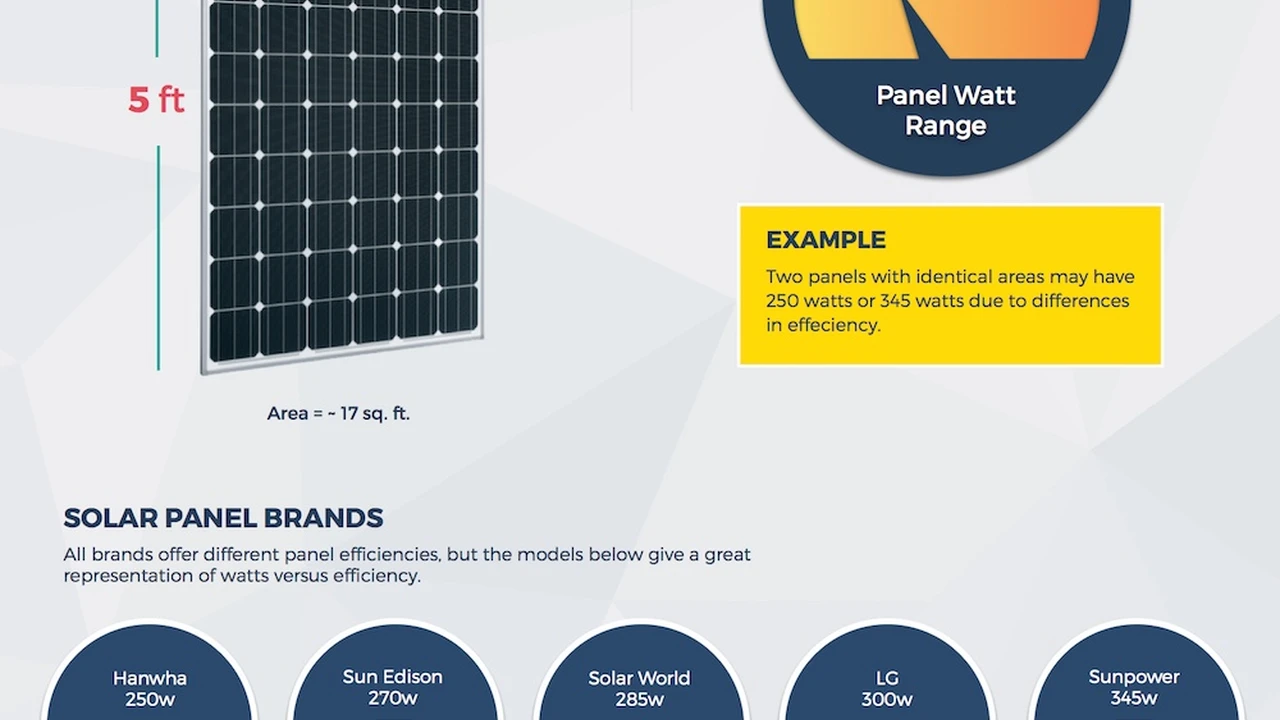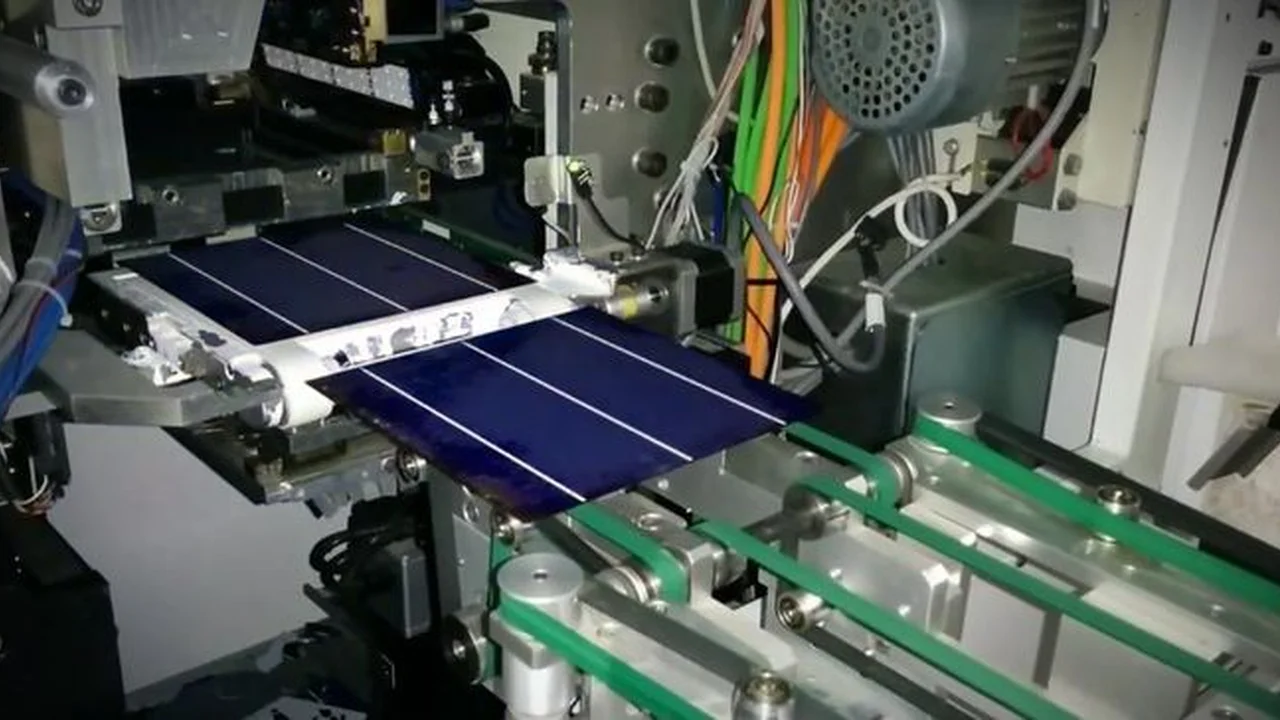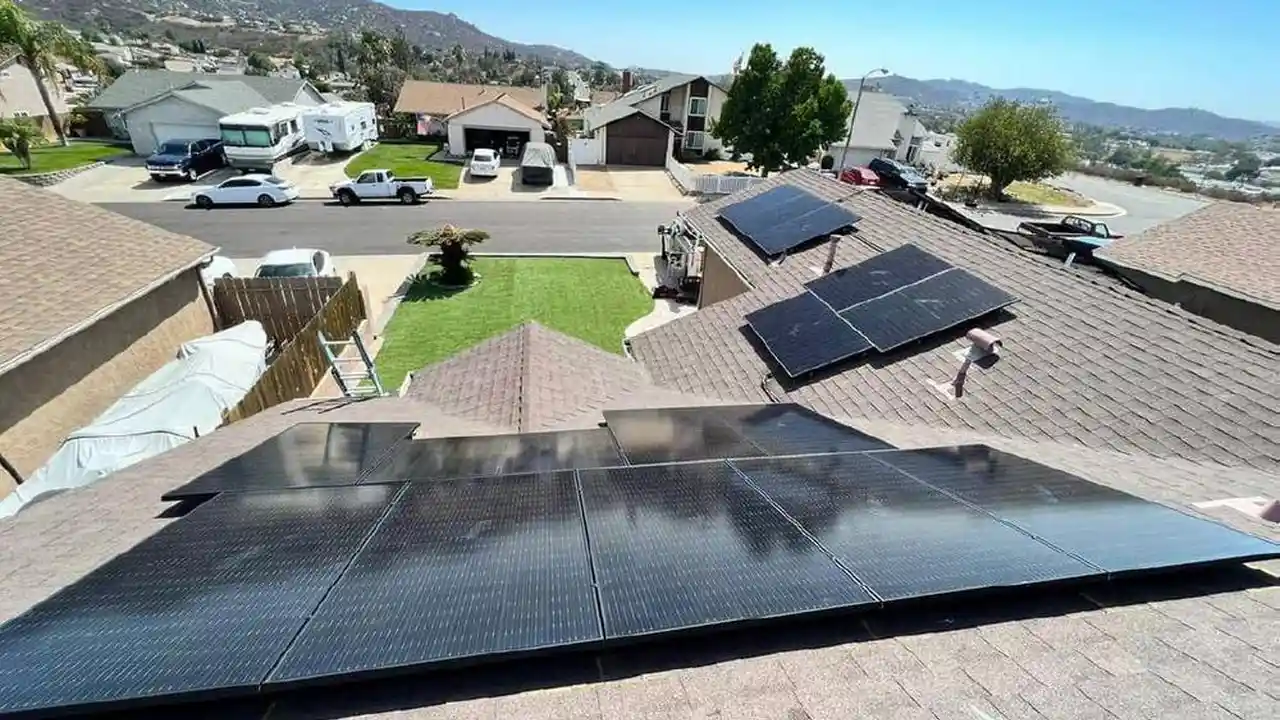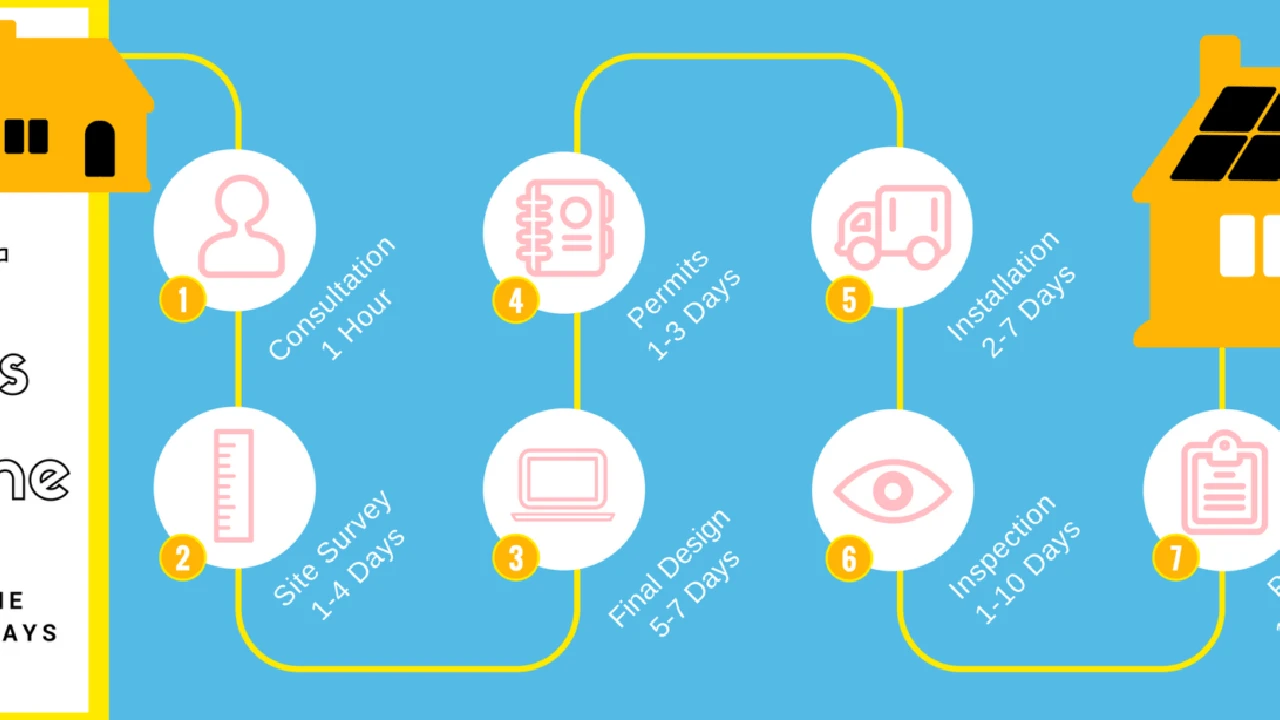7 Ways to Save Money on Solar Panels
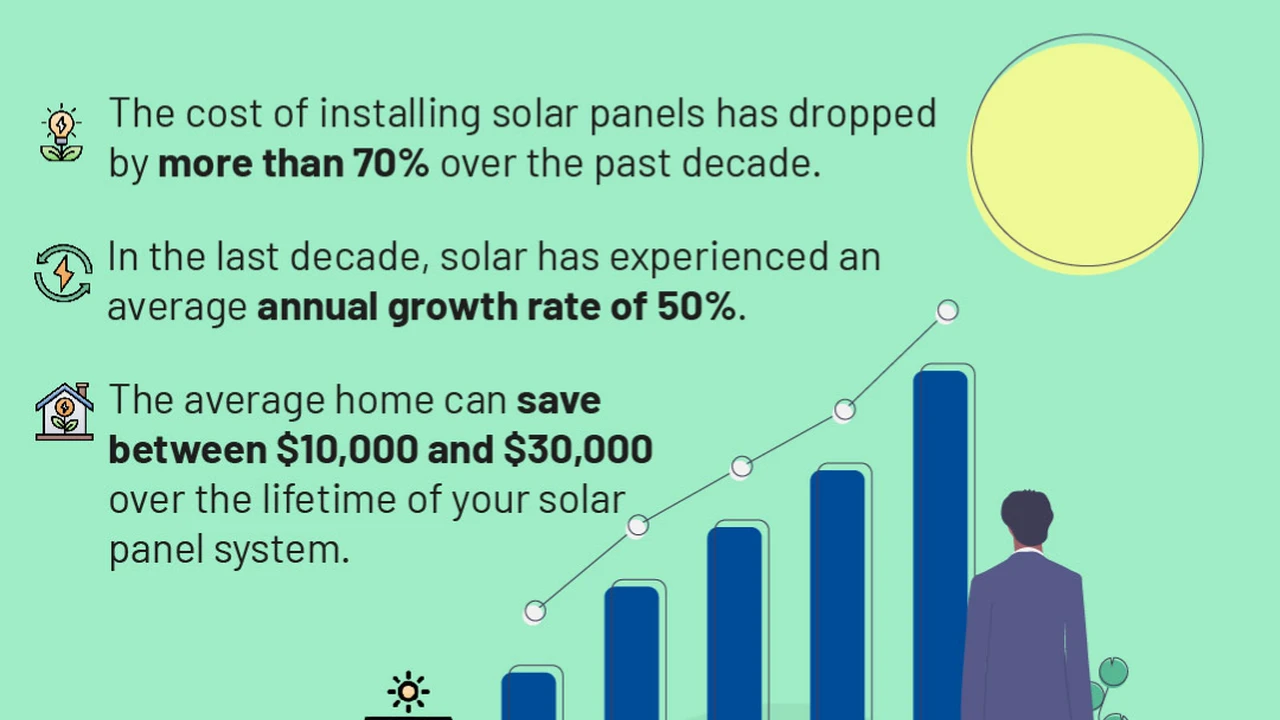
Understanding the Initial Investment Solar Panel Cost Breakdown
Okay, let's dive right in. The first thing people think about is the upfront cost. It's true, solar panels aren't exactly cheap. But thinking of it as an investment rather than an expense is key. So, what makes up that investment?
You've got the solar panels themselves, of course. These make up a significant portion of the cost, maybe around 30-40%. Then there's the inverter, which converts the DC electricity your panels generate into AC electricity that your home can use. Inverters usually account for about 10-15% of the total cost. Racking and mounting hardware (the stuff that holds the panels onto your roof) is another piece of the puzzle, generally around 5-10%. Finally, you have labor costs for installation, permits, and other miscellaneous expenses. This can vary wildly depending on your location and the complexity of the installation, but expect it to be around 20-30%.
So, to put it simply: Panels, Inverter, Racking, Installation. That's the core of it. Don't forget to factor in potential upgrades to your electrical panel if it's older or not up to the task.
Navigating Solar Panel Rebates Incentives and Tax Credits to Reduce Costs
Here's where things get interesting. Uncle Sam (and sometimes your state or local government) wants you to go solar. Why? Because it's good for the environment, reduces reliance on fossil fuels, and creates jobs. To encourage you, they offer a bunch of incentives.
The biggest one is the Federal Solar Tax Credit, also known as the Investment Tax Credit (ITC). As of today, you can deduct a significant percentage (check current rates, as they change!) of the total cost of your solar system from your federal taxes. That's a HUGE deal. For example, if your system costs $20,000 and the ITC is 30%, you'll get a $6,000 credit when you file your taxes. That's like getting a 30% discount upfront!
Beyond the federal tax credit, look into state and local rebates. Some states offer cash rebates for installing solar panels. These rebates can be significant, sometimes thousands of dollars. Also, check for local utility rebates. Your utility company might offer incentives to encourage solar adoption.
Net metering is another crucial incentive. This allows you to sell excess electricity generated by your solar panels back to the grid. When your panels produce more electricity than you need, the excess flows back to the utility company, and you get credit on your bill. This can drastically reduce your monthly electricity costs and even lead to a negative bill sometimes!
Finally, don't forget about state and local tax exemptions. Some states offer property tax exemptions for solar panels, meaning you won't pay higher property taxes due to the added value of your solar system. Sales tax exemptions are also common, saving you money on the upfront purchase.
Choosing the Right Solar Panel System Sizing and Optimizing for Maximum Savings
Picking the right size system is crucial. You don't want to go too small and not generate enough electricity, and you don't want to go too big and waste money. The key is to analyze your energy consumption. Look at your past electricity bills to see how much electricity you use each month. This will give you a good idea of your average daily energy consumption.
Once you know your energy usage, you can use online solar calculators or consult with a solar installer to determine the optimal system size for your home. Factors to consider include your roof size, orientation (south-facing roofs are best), and shading from trees or buildings.
Think about your future energy needs too. Are you planning on getting an electric car? Adding a pool? These things will increase your energy consumption, so you'll want to factor that into your system size.
Optimizing your system also involves choosing the right type of panels. Monocrystalline panels are generally more efficient and more expensive than polycrystalline panels. Thin-film panels are less efficient but also less expensive. The best choice for you will depend on your budget and roof space. Also, consider the panel's warranty. A longer warranty provides peace of mind and protects your investment.
Exploring Different Solar Panel Financing Options Loans Leases and PPAs Compared
Paying for solar panels outright is great if you can afford it, but most people need to explore financing options. There are three main options: solar loans, solar leases, and power purchase agreements (PPAs).
Solar loans are like traditional loans. You borrow money from a bank or credit union to pay for the solar system, and you repay the loan over time with interest. The advantage of a solar loan is that you own the system, so you're eligible for the federal tax credit and other incentives. Plus, you'll eventually own the system outright and have no more monthly payments.
Solar leases are different. You don't own the system. Instead, you lease it from a solar company. You pay a fixed monthly fee for the electricity generated by the system. The advantage of a solar lease is that you don't have to pay any upfront costs, and the solar company is responsible for maintenance and repairs. However, you don't own the system, so you're not eligible for the federal tax credit or other incentives.
PPAs are similar to leases. You don't own the system, but you pay a fixed price per kilowatt-hour (kWh) for the electricity generated by the system. The price is usually lower than what you'd pay to the utility company. Like leases, you don't own the system, so you're not eligible for the federal tax credit or other incentives.
Which option is best for you? It depends on your financial situation and your goals. If you want to own the system and take advantage of the tax credit, a solar loan is the way to go. If you don't want to pay any upfront costs and don't mind not owning the system, a lease or PPA might be a better option.
DIY Solar Panel Installation vs Professional Installation Weighing the Pros and Cons
Thinking about going the DIY route? It's tempting, I get it. Saving money is always a good thing. But installing solar panels is not like putting together IKEA furniture. It involves electricity, heights, and potentially dangerous situations. So, let's break down the pros and cons.
The main pro of DIY installation is cost savings. You'll save on labor costs, which can be a significant portion of the total cost. You'll also have the satisfaction of knowing you did it yourself. However, there are many cons. DIY installation is time-consuming and requires a lot of technical knowledge. You'll need to know how to wire electrical circuits, work on roofs, and obtain permits. If you make a mistake, you could damage your system or even injure yourself. Plus, DIY installations may not be eligible for certain rebates or incentives.
Professional installation, on the other hand, is more expensive but offers peace of mind. A professional installer will handle all the details, from permits to installation to inspection. They'll also ensure that your system is installed correctly and safely. Plus, professional installations are usually eligible for all rebates and incentives.
My recommendation? Unless you're a licensed electrician or have extensive experience with solar panel installation, I strongly recommend hiring a professional. The risks of DIY installation outweigh the potential cost savings.
Maintaining Your Solar Panel System Simple Steps for Long Term Savings
Once your solar panels are installed, you're not done yet. You need to maintain them to ensure they continue to generate electricity efficiently. Luckily, solar panel maintenance is relatively simple.
The most important thing is to keep your panels clean. Dirt, dust, and debris can block sunlight and reduce their efficiency. You can clean your panels yourself with a hose and a soft brush, or you can hire a professional cleaning service. Avoid using harsh chemicals or abrasive cleaners, as these can damage the panels.
Also, inspect your panels regularly for any signs of damage, such as cracks or loose wiring. If you notice any damage, contact a solar installer to have it repaired. Finally, monitor your system's performance. Most inverters have a monitoring system that allows you to track your energy production. If you notice a significant drop in production, it could indicate a problem with your system.
Real World Examples of Solar Panel Cost Savings Case Studies and Testimonials
Let's get real. Numbers are great, but what about actual people seeing actual savings? Here are a few examples:
The Smith Family, California: Installed a 7kW system. Prior to solar, their average monthly bill was $300. Now, it's $50, with occasional months where they actually get a credit back from the utility company. They financed the system with a solar loan and are on track to pay it off in 7 years. They also qualified for the federal tax credit and a state rebate, significantly reducing their upfront costs.
John Doe, Arizona: Chose a solar lease to avoid upfront costs. His monthly payment is fixed at $150, which is significantly lower than his previous average bill of $250. He's saving $100 per month and doesn't have to worry about maintenance or repairs.
The Rodriguez Family, Texas: Installed a 10kW system and paired it with a battery storage system. They're now almost entirely independent from the grid and rarely experience power outages. They qualified for the federal tax credit and a local utility rebate.
Comparing Solar Panel Brands and Models Top Recommendations for Value and Performance
Okay, let's talk specifics. Which panels should you consider? Here are a few recommendations based on different needs and budgets:
For High Efficiency (and a Higher Price): SunPower Maxeon Series. These panels are known for their industry-leading efficiency and durability. They're a great choice if you have limited roof space and want to maximize energy production. Expect to pay a premium for these panels.
For a Good Balance of Price and Performance: Panasonic EverVolt Series. Panasonic panels offer a good balance of efficiency, durability, and price. They're a solid choice for most homeowners. They also come with a comprehensive warranty.
For Budget Friendly Options: REC Group Alpha Series. REC panels are known for their reliability and affordability. They're a good choice if you're on a budget but still want a quality product. They may not be as efficient as SunPower or Panasonic, but they offer excellent value for the price.
For Thin Film Flexibility: First Solar Series 6. If you need flexibility in design, or have unique shading issues, First Solar's thin film options provide an alternative. They often have a lower upfront cost, but also lower efficiency compared to crystalline panels.
Battery Storage Recommendations:
- Tesla Powerwall: Known for its sleek design and integration with Tesla solar systems and electric vehicles. Offers good capacity and backup power capabilities.
- LG Chem RESU: A reliable and well-regarded battery storage option with various capacity options to suit different energy needs.
- Enphase Encharge: A modular battery system that integrates seamlessly with Enphase microinverters. Offers flexibility and scalability.
Inverter Recommendations:
- SolarEdge Inverters: SolarEdge optimizers maximize the output from each panel, mitigating the impact of shading.
- Enphase Microinverters: Each panel has its own microinverter, making the system more efficient and resilient.
- SMA Sunny Boy: A reliable and efficient string inverter for residential solar systems.
Example Scenarios:
- Scenario 1: Small Roof, High Energy Needs: SunPower Maxeon series paired with a Tesla Powerwall to maximize energy generation and storage.
- Scenario 2: Budget-Conscious Homeowner: REC Group Alpha series with an SMA Sunny Boy inverter.
- Scenario 3: Shading Issues: SolarEdge optimizers with Panasonic EverVolt panels.
Common Mistakes to Avoid When Investing in Solar Panels
Before you sign on the dotted line, here are a few common mistakes to avoid:
- Not getting multiple quotes: Get at least three quotes from different installers to compare prices and options.
- Choosing the cheapest installer without doing your research: Price isn't everything. Make sure the installer is reputable and has a good track record.
- Not reading the fine print: Understand the terms and conditions of your contract, including the warranty, maintenance agreement, and cancellation policy.
- Underestimating your energy needs: Make sure your system is sized appropriately for your current and future energy consumption.
- Ignoring shading: Shading can significantly reduce your system's output. Choose panels and inverters that are designed to mitigate the effects of shading.
By avoiding these mistakes, you'll be well on your way to a successful solar panel investment.
:max_bytes(150000):strip_icc()/277019-baked-pork-chops-with-cream-of-mushroom-soup-DDMFS-beauty-4x3-BG-7505-5762b731cf30447d9cbbbbbf387beafa.jpg)



